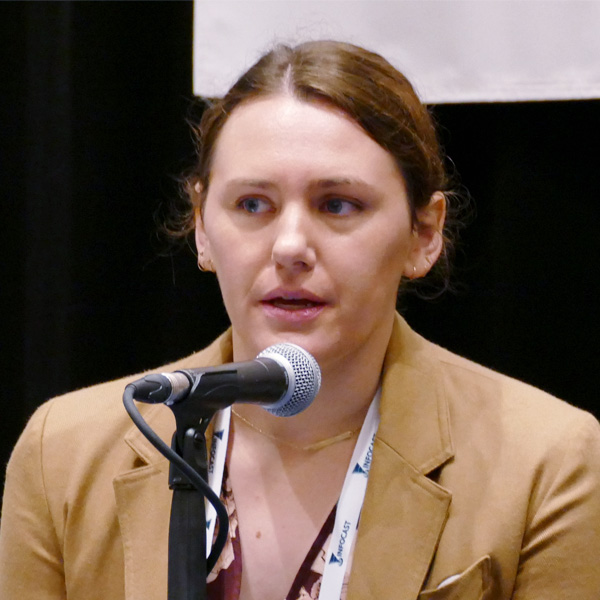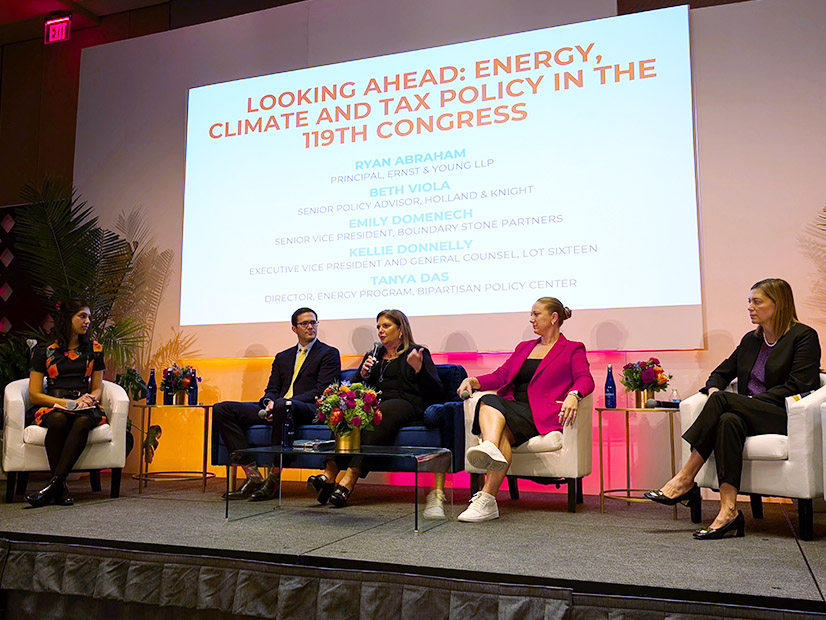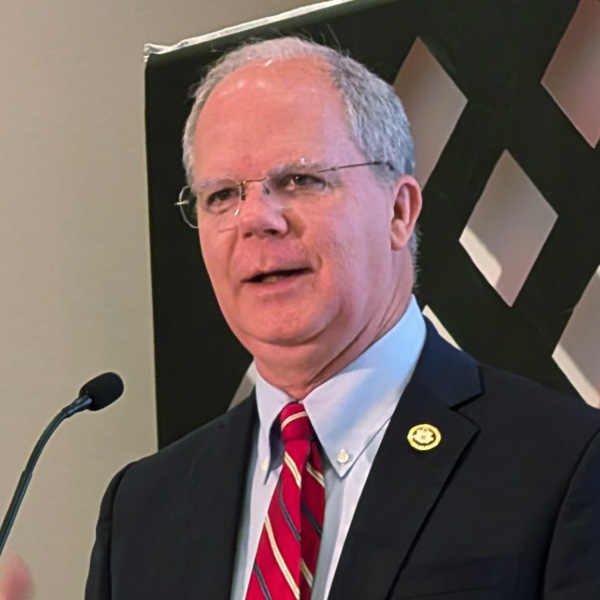FERC has approved CAISO’s proposal to streamline its generator interconnection process to deal with the “unprecedented volume” of interconnection requests it received in 2023, in part stemming from the aggressive push to decarbonize California’s economy.
The product of more than a year of stakeholder engagement, the Interconnection Process Enhancements (IPE) proposal was designed to speed up CAISO’s interconnection queue by reducing the number of projects the ISO must review in its queue cluster study process through use of a new screening procedure that prioritizes projects based on transmission availability and commercial viability. (See CAISO Board Approves Interconnection Enhancements Proposal.)
The IPE proposal approved Sept. 30 by FERC is intended to complement — and not replace — CAISO’s FERC Order 2023 compliance filing. The commission said the approval is subject to its action on the ISO’s Order 2023 compliance filing.
The IPE tariff revisions will apply to the ISO’s outsized interconnection Cluster 15 — from 2023 — and subsequent cluster periods.
“CAISO has demonstrated that applying the proposed revisions to Cluster 15 will enable CAISO to effectively process the largest queue cluster it has ever received,” the commission wrote in its 103-page order (ER24-2671).
A central aspect of the IPE proposal is adoption of a zonal approach that prioritizes interconnection of resources that use existing available transmission capacity in areas where capacity additions have been approved in the ISO’s transmission plan, as set out in state and local regulatory authority resource planning portfolios.
The zones are defined by available capacity based on transmission constraints and the California Public Utilities Commission’s resource planning portfolio. A zone containing at least 50 MW of available transmission capacity is defined as a transmission plan deliverability (TPD) zone. Generation projects seeking to interconnect outside TPD zones “may proceed as merchant projects and will self-fund their associated network upgrades” in those so-called “merchant zones,” according to the proposal.
The proposal also introduces scoring criteria that rank projects based on factors such as project readiness, load-serving entity interest and commercial — or non-LSE — interest.
Under that part of the process, LSEs will award points to projects based on a 1-to-100 scale, with the points representing the percentage of transmission capacity the LSEs would assign to the projects. Non-LSEs can award a maximum of 25 points, which CAISO attributed to the fact that LSEs must meet specific resource adequacy and procurement requirements while non-LSEs have no such obligations, although they might be serving a commercial interest.
“Notably, in evaluating commercial interest, the ISO will incorporate preliminary, non-binding feedback on specific projects from load-serving entities,” the proposal says. “In addition, the ISO provides an opportunity for non-LSE offtakers (e.g. commercial entities) to express an interest in specific projects. These commercial selections will improve the scores of certain projects, increasing the likelihood of those projects advancing to the study process and ultimately competing for transmission plan deliverability (TPD) and offtake agreements.”
The highest-ranking projects then advance to the study phase in descending order of project scores, until the available and planned transmission capacity within a zone (and behind constraints) is filled to 150% of that capacity. CAISO will resolve ties by selecting projects with the lowest distribution factors (DFAX). If a tie persists, the ISO “will conduct a market-clearing sealed-bid auction to advance to the study process that will align with the process required under FERC Order No. 2023,” according to the proposal.
‘Monitor the Efficacy’
In approving the IPE tariff rules, the commission said it found the revisions fulfill the purposes of FERC’s Order 2003 and Order 2023 rules on generator interconnection “by helping to ensure that interconnection customers are able to interconnect to the transmission system in a reliable, efficient, transparent and timely manner.”
FERC found the zonal aspect of the plan, which subgroups projects based on transmission deliverability, “links the CAISO interconnection process with the transmission planning process and resource planning process, ensuring that interconnection requests in zones with sufficient deliverability to serve them are prioritized, which will improve certainty for developers while addressing queue backlogs.”
The commission also rejected the arguments of protestors who called the proposal’s distinction between “merchant” and TPD zones discriminatory, determining the proposal’s process requiring interconnection customers outside TPD zones to self-fund network upgrades is consistent with FERC’s interconnect pricing policy.
“The commission has previously allowed RTOs or ISOs with locational pricing to require interconnection customers to bear the cost of all facilities and upgrades not needed but for the interconnection, stating that providing reimbursements or service credits for network upgrades that would not be needed but for the interconnection mutes the incentive for a customer to make an efficient siting decision that accounts for transmission costs,” it wrote.
FERC also dismissed the concerns of Shell and Vistra regarding the transparency of the zonal approach, finding CAISO’s plans to publish supplemental information on its website describing conditions and constraints in each transmission zone, along with the ISO’s “commitments to provide information about its zonal determinations, provides sufficient transparency to inform the preparation of interconnection requests under the proposed cluster study criteria.”
The commission further rejected the arguments of multiple protestors in accepting the proposal’s scoring criteria.
“Specifically, prioritizing those interconnection requests that are more advanced in their technical planning and design can help CAISO eliminate speculative interconnection requests and identify potential interconnection customers that have completed more of their project development in advance of the cluster request window, and are therefore more likely to reach commercial operation,” the commission wrote.
The commission said it still will evaluate CAISO’s compliance with each requirement in Order 2023 and that “nothing in this order prejudges the outcome of that evaluation.” It also noted CAISO’s commitment to “monitor the efficacy” of the IPE revisions and said it expects the ISO to continue to engage with stakeholders on “further enhancements to improve the interconnection process as needed.”
“Our tariff filing for a reformed interconnection process was complex and we fully acknowledge that stakeholders had a variety of opinions on some of the details,” CAISO CEO Elliot Mainzer said in a statement.
“We appreciate the ruling by FERC and what it will mean for more efficient planning and onboarding of resources, and we are committed to moving forward in partnership with our many stakeholders to effectively and transparently implement the reforms. As the order requires, we will also closely monitor how well they are working,” Mainzer said.
The new rules became effective Oct. 1.


